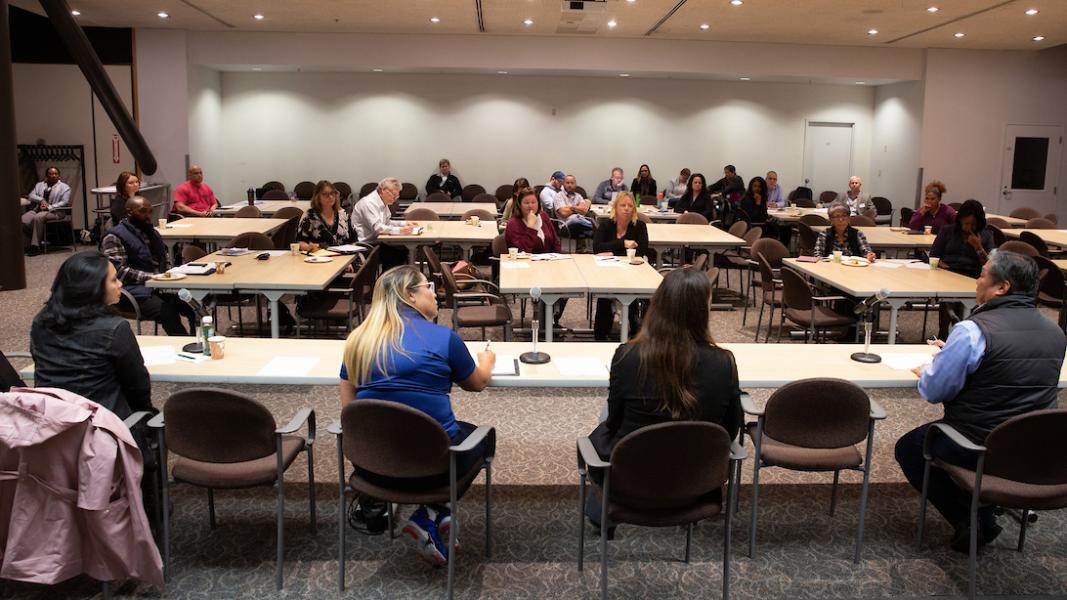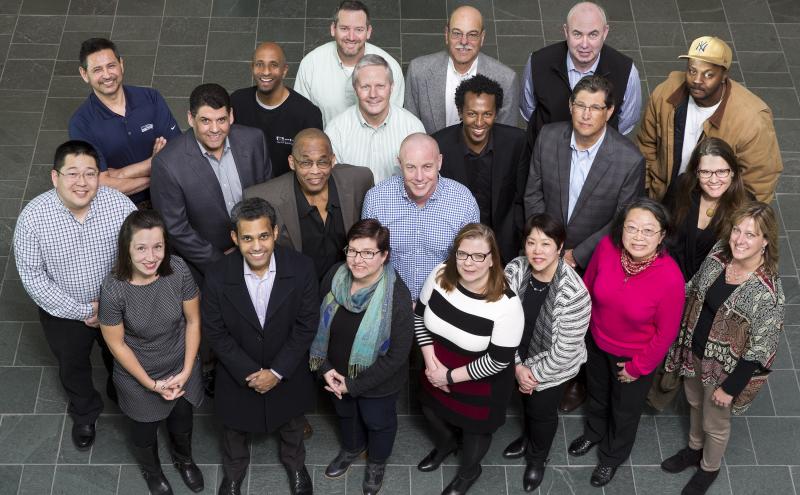
The Port of Seattle is helping to end economic inequity by creating meaningful opportunities for socially and economically disadvantaged businesses. To do this, the Port’s Diversity in Contracting Program implemented several new improvements in 2019, including requiring an Inclusion Plan as part of the procurement process for architecture and engineering (A&E) service agreements and construction contracts.
“The Inclusion Plan is a detailed description of the strategies and actions a prime contractor will make to fairly and equitably outreach, support, and contract with Women and Minority Business Enterprises (WMBEs),” explains Lawrence Coleman, Port WMBE Program Manager. “The aim is to find contractors and consultants who share the Port’s values of diversity in contracting.”
With the Inclusion Plan now being factored into the overall evaluation of solicitations, it’s important for both prospective WMBEs and prime contractors to understand what is required in the Inclusion Plan and how it can help to forge meaningful partnerships.
What’s required in the Port’s Inclusion Plan?
The prime contractor is typically asked to address the following items in their Inclusion Plan:
- Outreach strategy
- Business development support
- Strategies for meeting the contract’s WMBE aspirational goal
- Approaches to resolving disputes
By understanding what's required in the Inclusion Plan, prime contractors can form their outreach strategy and build their project team early, while WMBEs and small business subcontractors can be ready to provide supporting information.
Engage with the prime contractor early
While the prime contractor is responsible for submitting the Inclusion Plan as part of the proposal package, it’s important for WMBEs to know what is being written in the Inclusion Plan. Get to know the designated Diversity Coordinator who will be responsible for implementing and monitoring efforts to meet the WMBE utilization goal for the contract. Find ways to get involved early in helping to shape the Inclusion Plan by:
- Reviewing the questions and offering examples that can support development of the plan and strategy
- Reviewing your business goals to see if there are areas of mentorship or technical assistance that can be supported through the Inclusion Plan (for example, building capacity, strengthening a specific technical area)
- Engaging with the prime contractor early to build and refine the partnership
These elements are built into the Inclusion Plan and designed to help WMBEs and prime contractors improve lines of communication, strengthen business relationships, and generate mentorship opportunities.

Understand the certification requirements for each procurement
No two public agencies are alike, so certification requirements will vary depending on the scope of work and contract type. You should know about these two important differences between Disadvantaged Business Enterprise (DBE) and WMBE requirements for Port procurements:
- DBE requirements are mandatory for federally-funded projects exceeding $1 million (e.g., Federal Aviation Administration). The firm must be a certified DBE at the time of bid submission in order to qualify.
- WMBE requirements are aspirational for architecture and engineering, good and services, and construction contracts typically greater than $199,000 or when subcontracting is available. The firm can either self-identify as a WMBE or provide proof of certification for example, from the state Office of Minority and Women’s Business Enterprise.
Diversity in Contracting drives equitable economic development
The Port’s Diversity in Contracting program was established to advance equity and address contracting disparities by increasing the utilization of WMBEs and other disadvantaged firms doing business with the Port. In addition to requiring an Inclusion Plan in an improved procurement process, the program is also:
- Expanding technical assistance to WMBEs
- Providing more accountability through regular measurement of progress towards goals
- Partnering with other public agencies in the region
- Increasing program visibility with more community outreach
Stay connected with the Diversity in Contracting program by contacting DiversityInContracting@portseattle.org and ask to join our mailing list for details on upcoming PortGen and contracting events.








